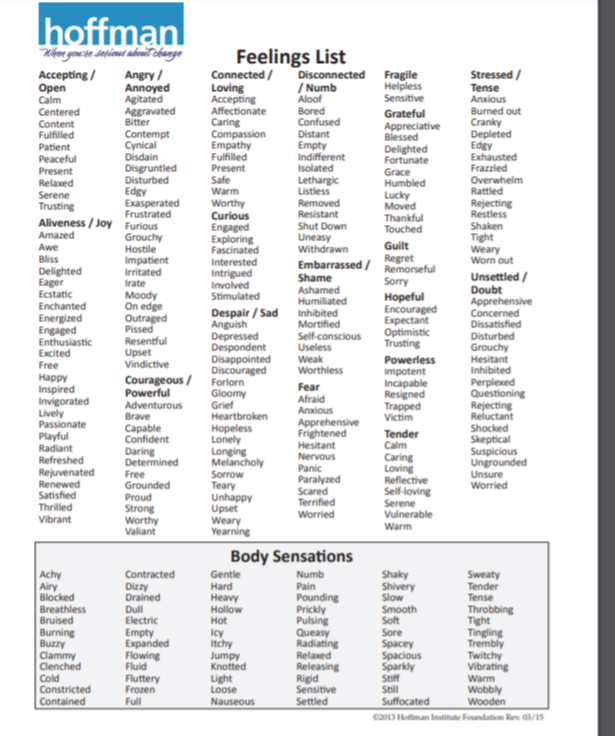It was the middle of the night.
I was lying on the floor in my room. Almost lifeless, just like a body after a road accident as a result of breaking the red light.
The cold floor tiles penetrated the exposed parts of my body whereas my eyes and face burnt as if by the concentrated rays of sun through a magnifying glass.
I had just spent half an hour bawling my eyes out.
It was the first time it had happened in 25 years of my existence. I felt scared, confused, anxious, overwhelmed with no sense of the passing time.
Later in therapy sessions, I came to know it was an emotional breakdown.
Too much was going on in my adult life. I had recently shifted to a new city, Mumbai- popularly known as ‘the city that never sleeps’- due to the busy lifestyle of people there. It was a new job and place where most people were warm and welcoming. Yet being an introvert, it was no easy task to form meaningful connections in a short time. It was far easier to immerse myself in work than worry about what was going inside me.
Despite multiple things happening around me, I had not paid attention to what I was really feeling. I never took the time to recognize and process the avalanche of emotions that were within me flashing as multiple red lights on my path.
But it was not a conscious decision, though.
Truth be told, I had never seen or learned to see these red lights. Since my childhood, I had been taught to never cry. “Why are you crying like a girl? Boys don’t cry. You are so weak. How will you survive in the real world? ” The thoughts of survival in the real world suppressed my reality of what I was feeling at that time.
Over time, the suppression became my reality.
I was known for being the perfect, calm student. I had learned to think my way into things and life situations. That is how I functioned for the first 23-24 years of my life. In fact, for a long time, I had felt proud of not showing my emotions or never crying.
That night changed it all.
It disrupted the flow of my life. It was like I finally crashed after breaking multiple red lights.
Emotions are the traffic lights in the road of life
In a world where left-brain, logical thinking is usually rewarded and “emotional decisions” are looked down on, it could be difficult to look at emotions as traffic lights to guide you. After all, “separate yourself from emotions” is a common piece of advice when you are making an important decision or thinking critically about something.
I am not denying the importance of rational thinking to make decisions. It definitely has its place in the world.
However, completely ignoring or suppressing your emotions or feelings (the gut reaction) could lead to severe implications on mental and physical health eventually. They can build up over time until you cannot take more and break down.
When it happened to me, I finally began to lean into my emotions and learn about these traffic lights so I do not crash and hurt myself and others in the future.
During this learning phase, one practice came really handy.
Learning About Emotions- What’s in a Name?
It turns out that there is a lot in the name of a feeling or emotion. It is akin to learning about different light signals when you are taking driving lessons. It is critical if you want to drive safely without hurting yourself and others.
Simply learning the names of different emotions and feelings and how to identify them in your body could unlock emotional breakthroughs and help you live without any major breakdowns.
Here is one list by Hoffman Institute that can help to give names to different emotions and sensations. We often feel them in our bodies at different times but we don’t pay attention because sometimes it is hard to describe.

This is what I did on a regular basis and how I used a similar list like above:
– Take sticky notes and divide them into 3 small horizontal sections
– Put down the date and name those sections as morning, evening, night
– Write the name of the prominent emotion I was feeling, three times a day. If needed, I wrote even 2-3 names as in anxious, overwhelmed, scared.
– You can also name the specific sensations you might be feeling in your body.
Sometimes it helps to take a few deep breaths before this exercise. It calms the racing thoughts and helps me get in tune with what I am feeling. It is like wiping your windshield of thoughts to see and identify the light from your emotions.
It also helps to not see or judge these emotions as positive or negative. Things are not black and white in life as we wish them to be. When we begin to judge what we feel, that is the beginning of suppression. Just name them and recognize them as they are in your body.
With time, I realized this simple exercise of clearing my mind and writing down the name of emotions helped me get in touch with my body and get curious about what I was feeling.
It helped me process these emotions instead of suppressing them. It was like slowing down to see the light and stop whenever needed.
In retrospect, I also think that this is what it perhaps means to separate emotions from your thinking and identity. Your identity is your or other people’s perception of you; your emotions are what you feel at any moment.
People thought of me as a calm student so that became my identity. I never realized that it is okay to feel sad, angry, worried, or anxious even if I identify as a happy, carefree, or calm person. Instead of suppressing them, it helps to recognize them and accept them without attaching your sense of identity to them.
This is how you can prevent them bottling up and also begin to honor and sharpen the intuitive sense of your body.
Honoring your intuition via emotions
Paying attention to how you feel is like paying attention to traffic lights when you are on the road. You feel good about something; it is a sign to continue driving. You feel hesitant or confused; you slow down. You feel terrible, anxious, or overwhelmed; you pause to wait and watch.
Your body always has an intuitive reaction to what is happening around you in the form of how you feel.
Remember the time when you had a gut instinct about something or someone but you chose to ignore it only to regret later or term it as just a mere harsh coincidence? Or the time when you pursued something because you just felt really good even though your rational mind told you otherwise? Now, you might term it serendipity or the sixth sense.
However, it does not mean you are run by your emotions.
Feeling scared about something is not always a sign to stop. It could be a sign to take that leap.
Similarly, chasing feel-good emotions is not always about continuing to drive. It could mean you are, in fact, carrying the emotional pain of continuing to drive from a red light you broke at an earlier signal.
This is where the practice of consistently naming and writing down the feelings can help you clarify what your emotions are telling. Write it all down on a piece of paper. Be consistent with practice especially if you have never tried.
It won’t be an instantaneous transformation, though. It is not like I have become an expert in managing my emotions. Sometimes, I still miss the lights. Afterall, you don’t become an expert driver in all road conditions in a short period of time. The years of conditioning rarely go away in a few months or even years.
But yes, I recognize the signs a lot better now, sometimes in advance because some roads are too familiar. I know when to slow down or stop to let the lights turn green. Last year, during the nationwide lockdown, I was in the same city stuck in my room for over 5 months without any other companion. Despite the prevailing emotions of fear, anxiety, and uncertainty at that time, I did not ignore those emotions as I would have done in past.
I not only faced them by naming and recognizing them but was also able to talk about them with close friends. Most importantly, I took time to slow down and pause to feel them as they were in the body and accepted them as they were to eventually let them go. Now I look back at that time as a deeply transformative and spiritual experience of solitude.
The lights turned green, eventually. They always do.
Treat your emotions as your guides while navigating through life. Slowly, you will begin to build up your internal navigation or intuition. This way, you can even begin to know intuitively where a red light might pop up in your path well in advance.
That is how it is with life. It may not be always a smooth ride. But you will always get signals from your emotions to slow down, stop, or keep going. As long as we develop and pay attention to this internal navigation, we can minimize the accidental breakdowns and enjoy the ride in its full glory with all bumps and stops.



